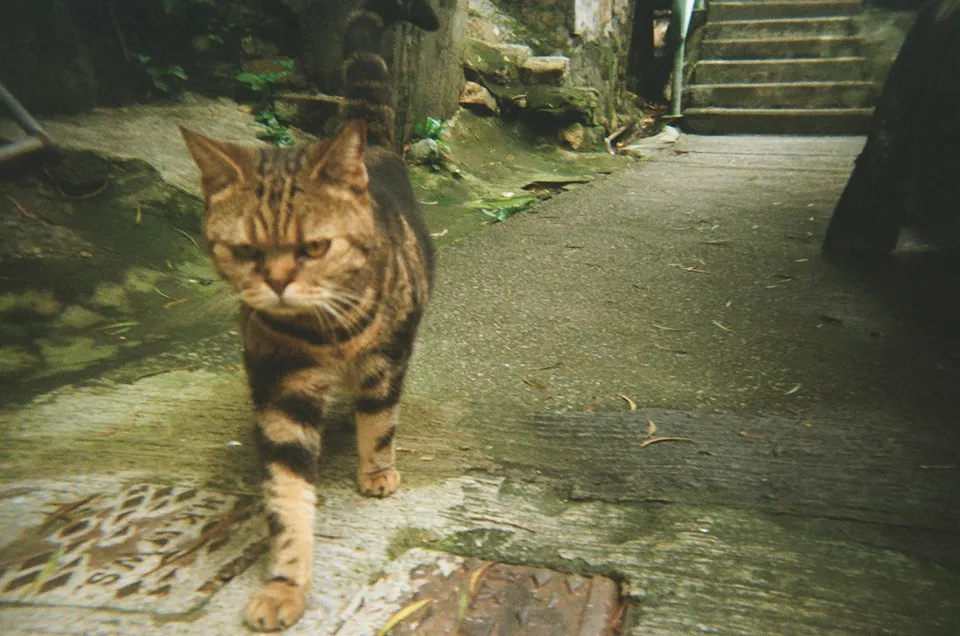Kodak FunSaver & Daylight
My first "reloadable" film camera after experiencing film photography using the Fuji Simple Ace. Unlike Simple Ace where the take-up spool is hard-to-reach and reload, the back of FunSaver readily opens to reveal the take-up spool and film canister chamber.
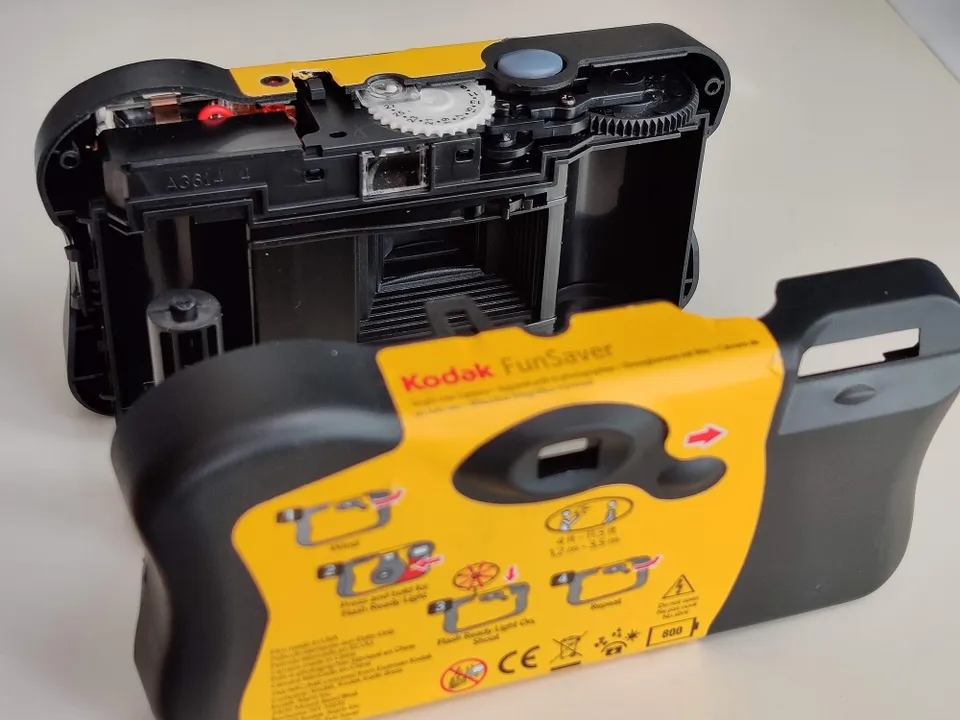
While I don't reload my FunSaver anymore because I have a better option for portable compact Film camera, I still give out new/reloaded FunSaver/Daylight to friends who are interested in film photography.
Disposables are the cheapest entry-level film camera people can get nowadays, you may check out my posts on disposable cameras below:
- Disposable camera for budget entry-level film photography
- 7 additional tips on using disposable camera
- Some more tricks on Kodak FunSaver
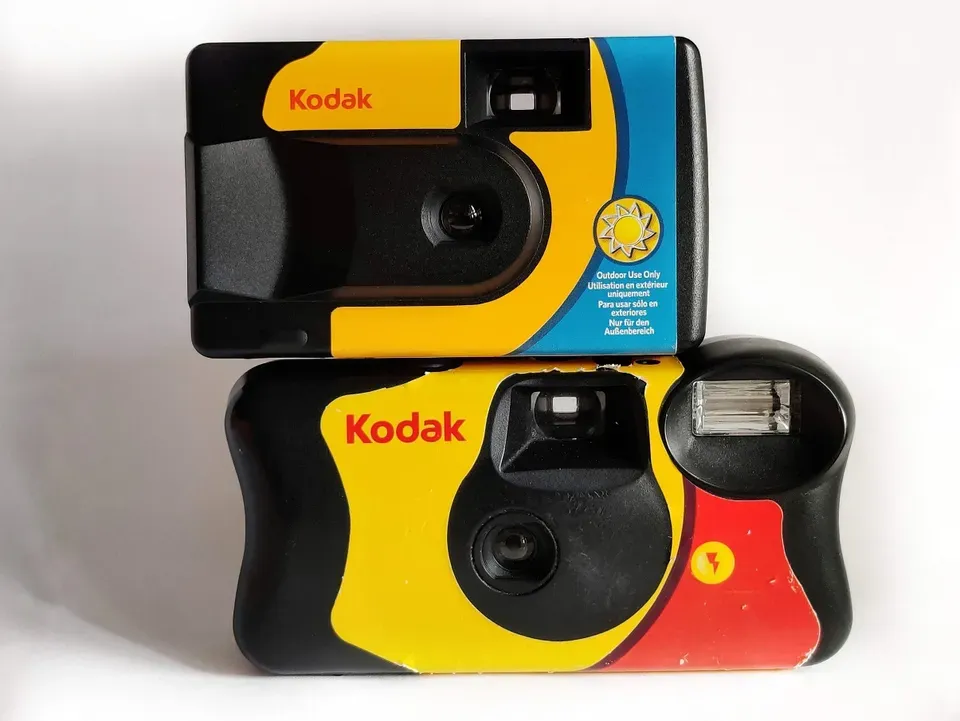
New Kodak FunSaver & Daylight come with a roll of ISO 800 film with 27/39 exposures, which I believe are standard 24/36 exposure rolls + 3 shots which would have been blown out during typical reload.
While there isn't an official specification of these camera, one can assume the aperture of the FunSaver to be f/11, and shutter speed 1/100s. That means under sunny condition, it is possible to load film with lower ISO such as Kodak UltraMax 400 that are more readily available.
If you reload your FunSaver with ISO 400 film, there are 2 options to develop the film: develop the normally then digitally brighten if necessary, or push the ISO 400 roll by +1 stop to achieve higher ISO.
Most of the time, it is not required to push by +1 stop. Negative films have enough latitude for post-processing to digitally brighten/darken an under/over-exposed shot. Some labs do it for you during the scanning process. If you scan your own negatives, you'll need to do that yourself.
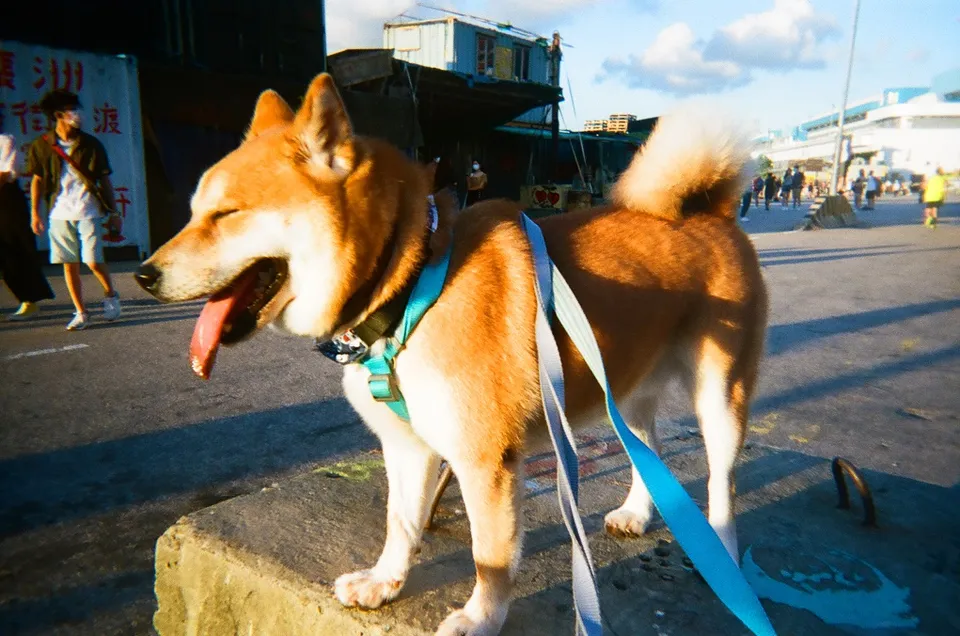
Perhaps you shot your ISO 400 film on a very cloudy day or primarily shooting indoor, then you may decide to push the film during development by +1 stop. Then you should be aware of the trade off of more grains, color shifts, and increased contrast.
Unfortunately I couldn't show you a sample here, because I couldn't find a roll that had been pushed with any good scan. I scanned my film on a 2nd hand CanoScan 9000F flatbed scanner I bought for cheap, and they turned out with horrible color and absolutely off focus.
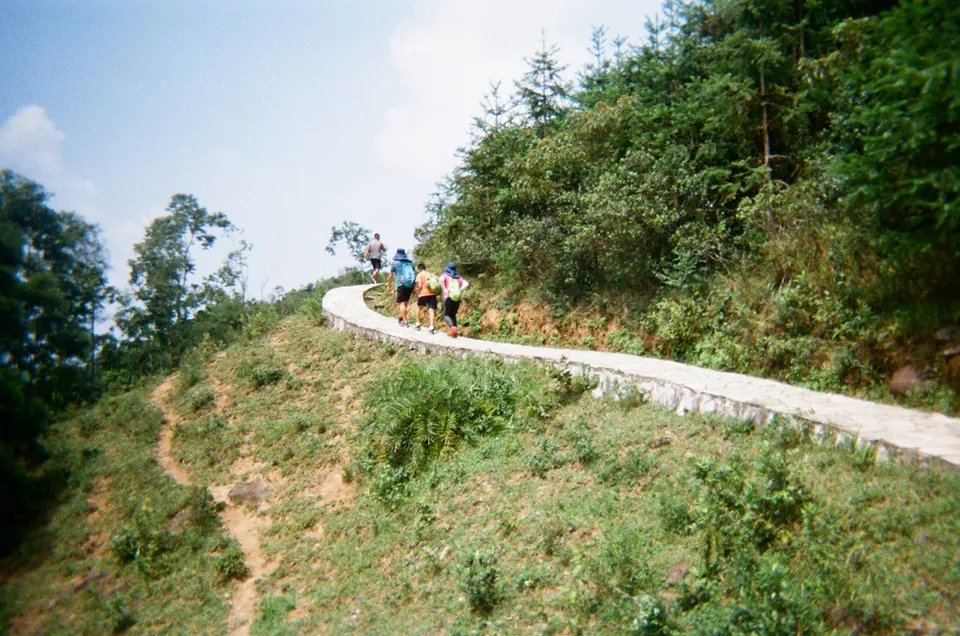
Kodak FunSaver has obvious flaws such as lack of sharpness beyond several meters of distances and terrible loss of sharpness around the edges which you can easily observe from the sample photos. It uses a plastic wide-angle lens and not much love in fixing those issues being branded as a "disposable" camera. It suffies as long as the output doesn't look too bad. LOMO people may even love it. Not me.
To the FunSaver's defense, it probably wasn't designed to be an all-rounder, unlike the ones with an asking price of HK$1,000+ second handed. Instead, it was probably designed for folks going on travel or to party, where a film photograph could've better captured the vibes and better represent the moment, a way to keep the memory and emotion for years to come.
As such, it's explainable that the camera is optimized for mid-distance no further than a few meters and comes with rather a high ISO film (better overexpose than under). And the flash—film doesn't work well indoor without a flash.

And the best part for a point-and-shoot camera like FunSaver? You have only 2 things to consider, where to point, and whether to shoot or not.
